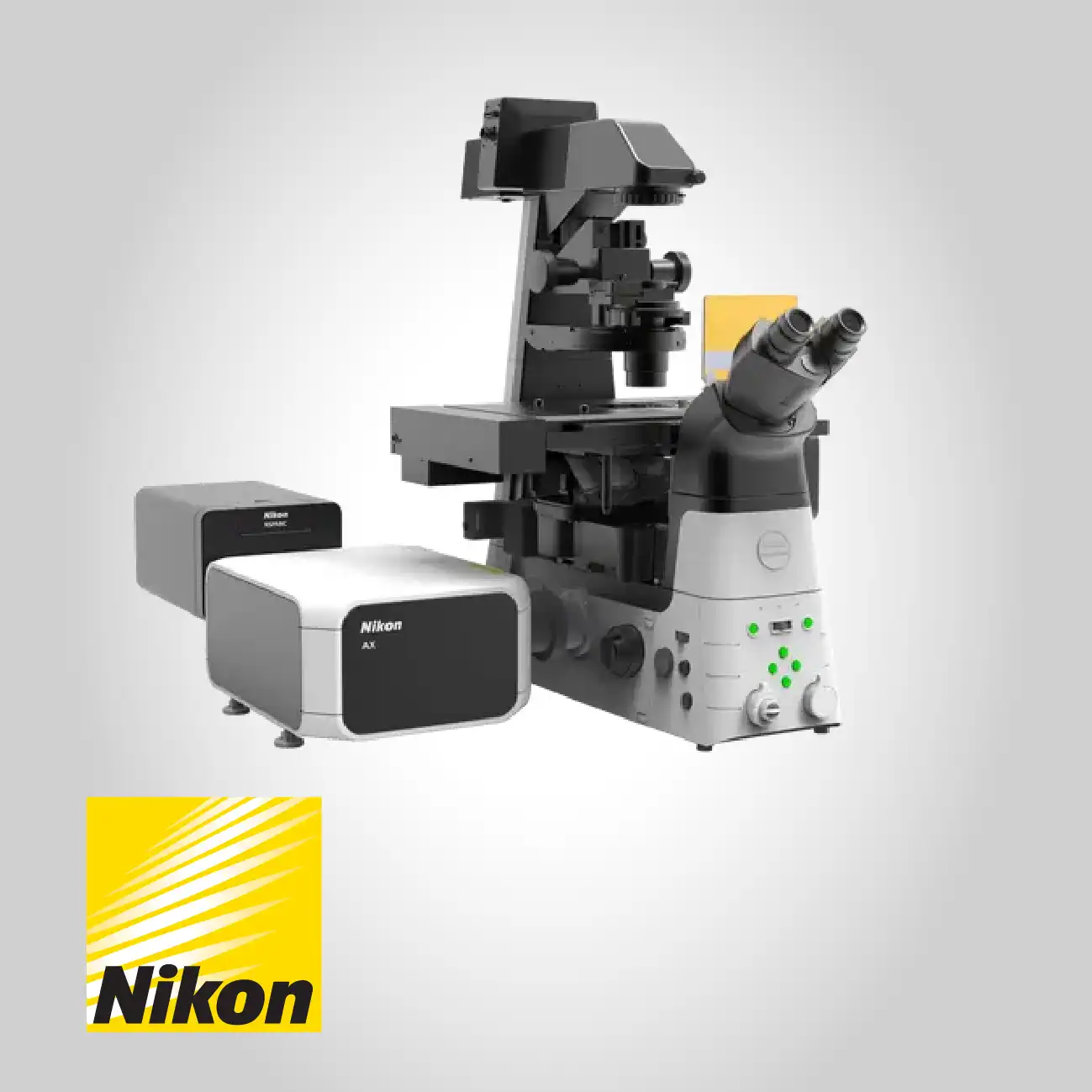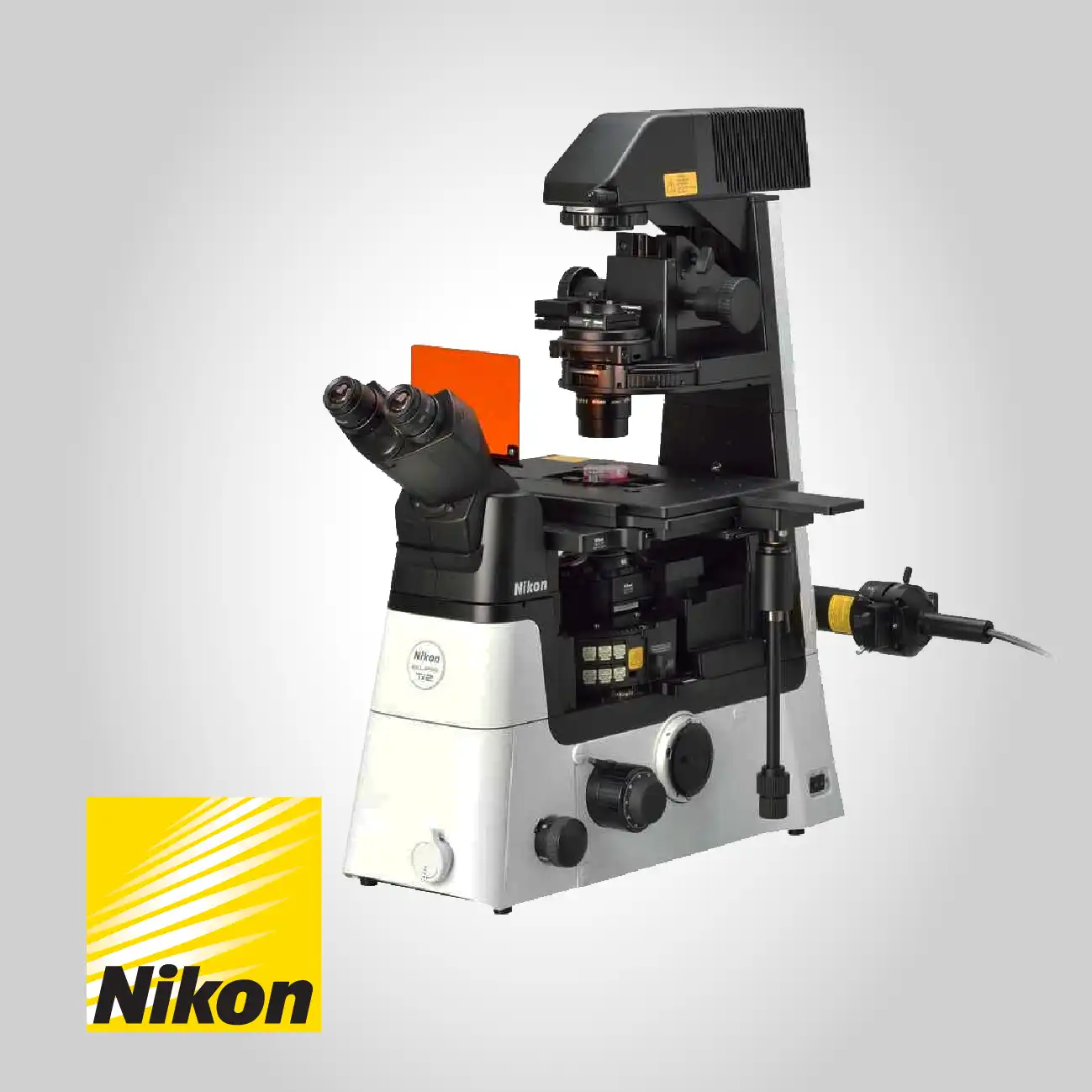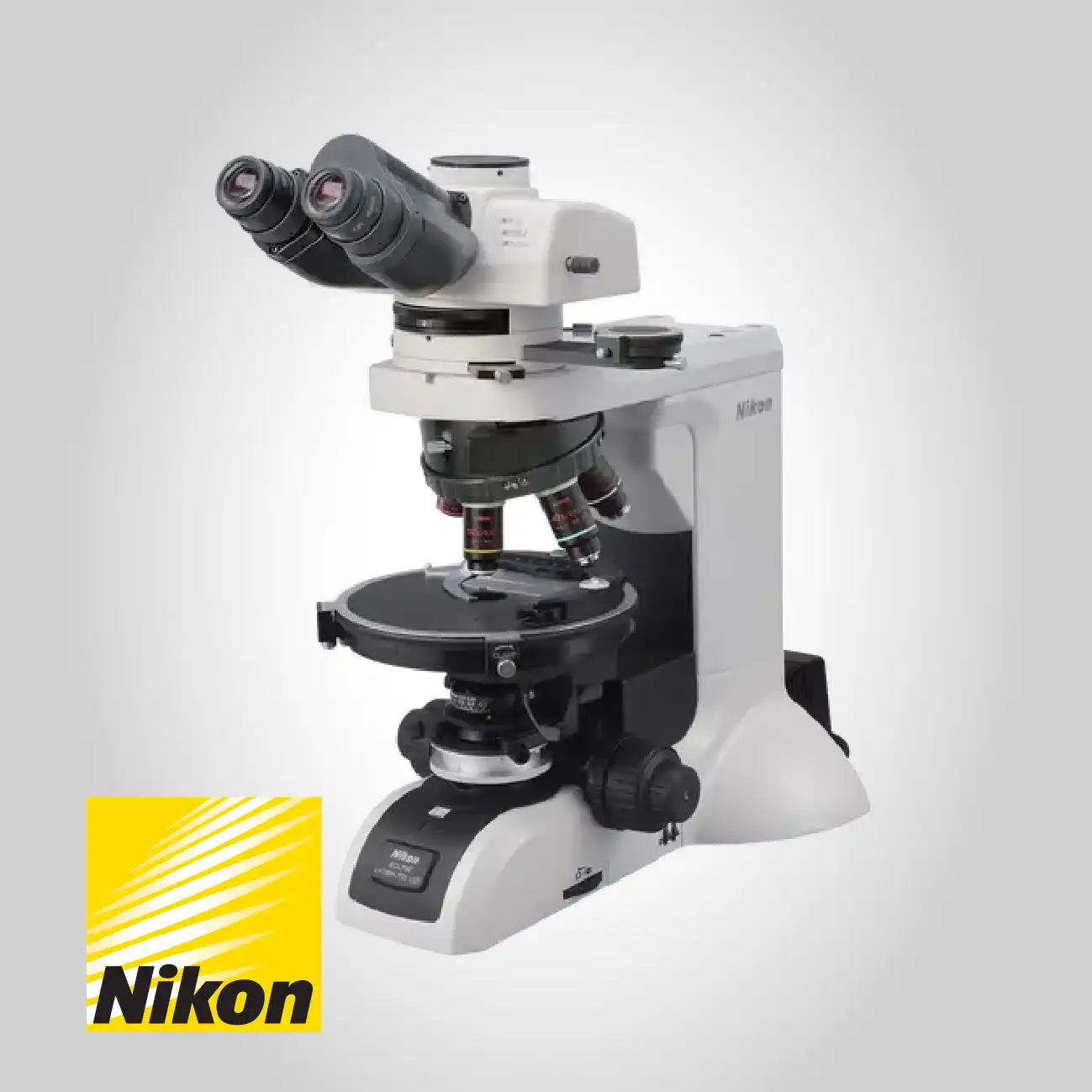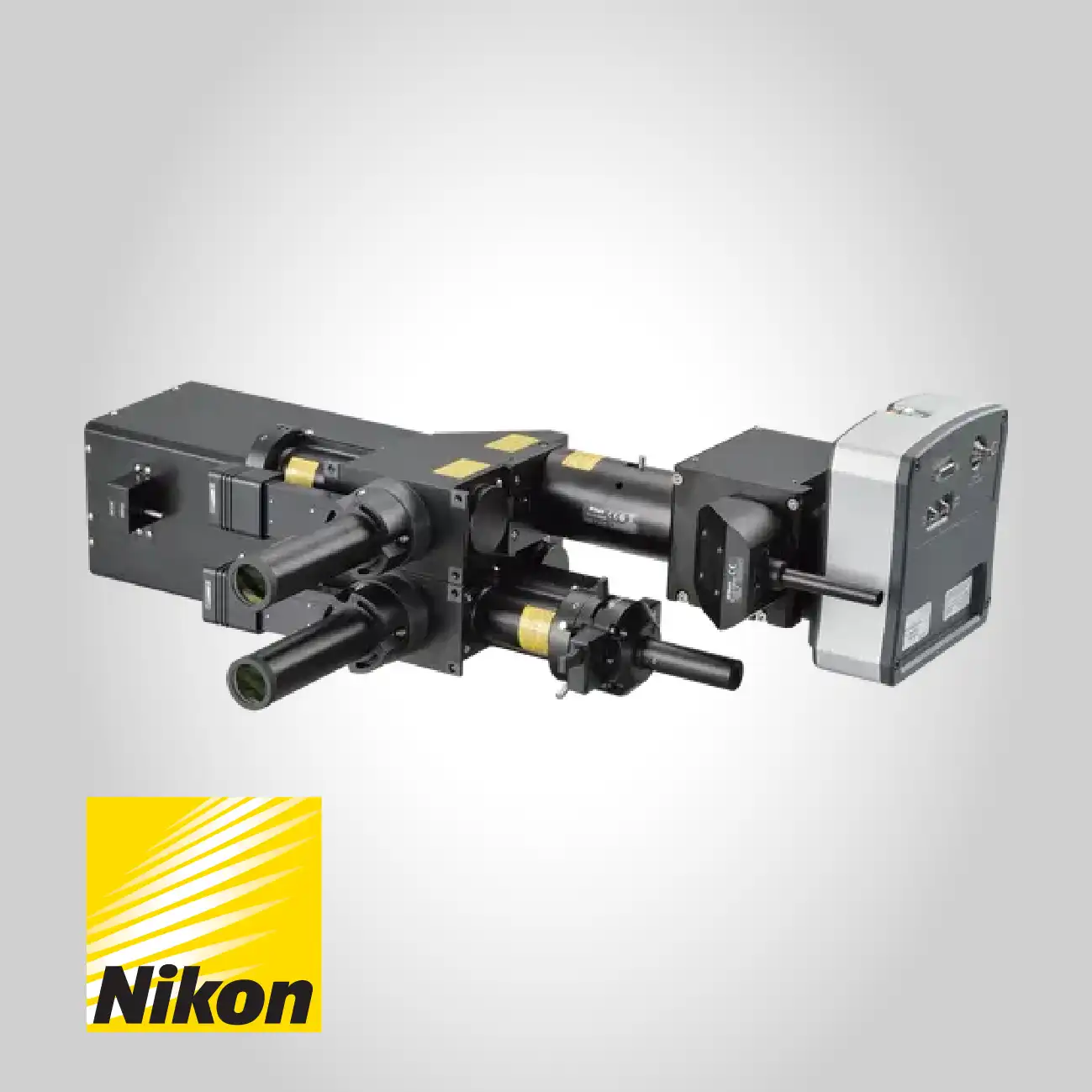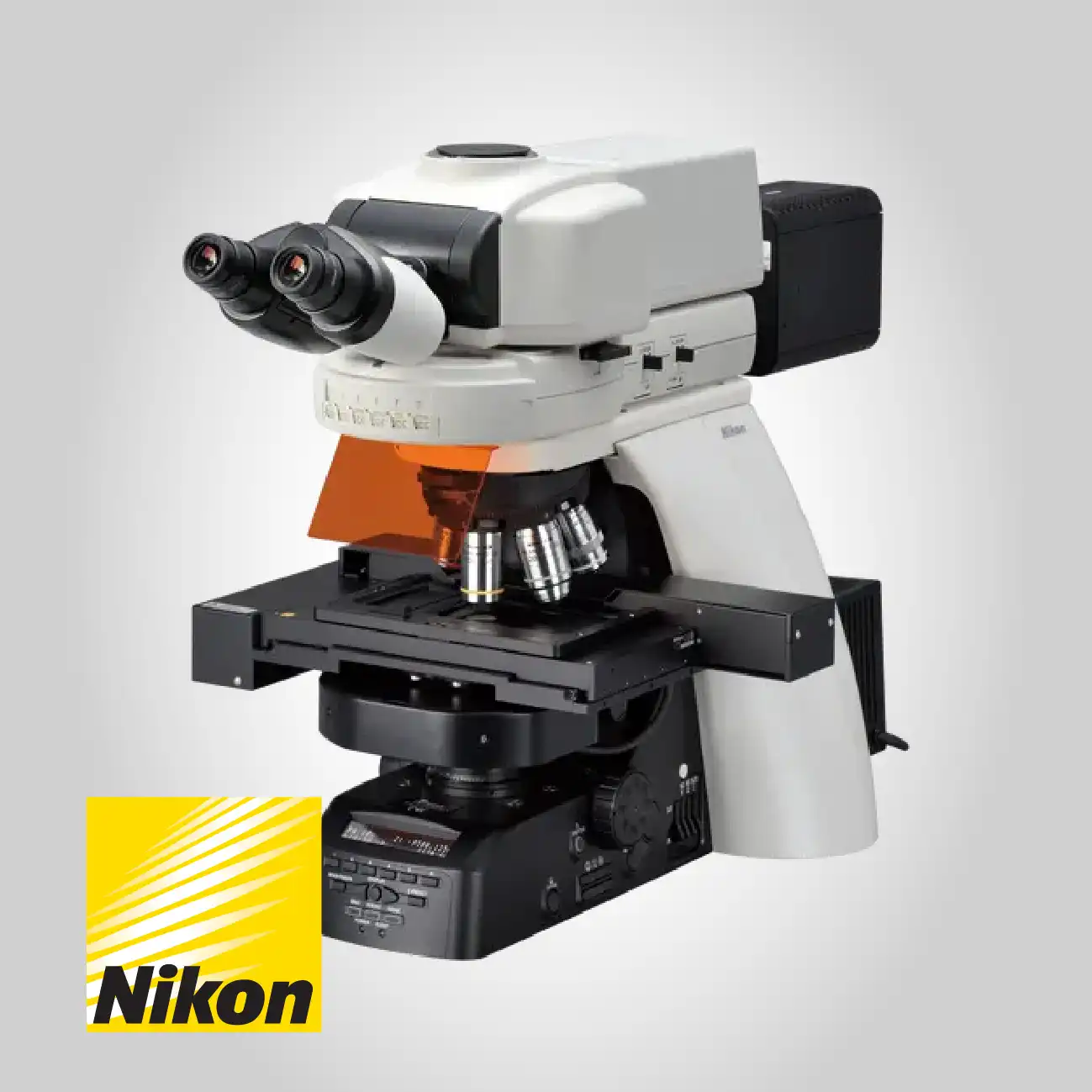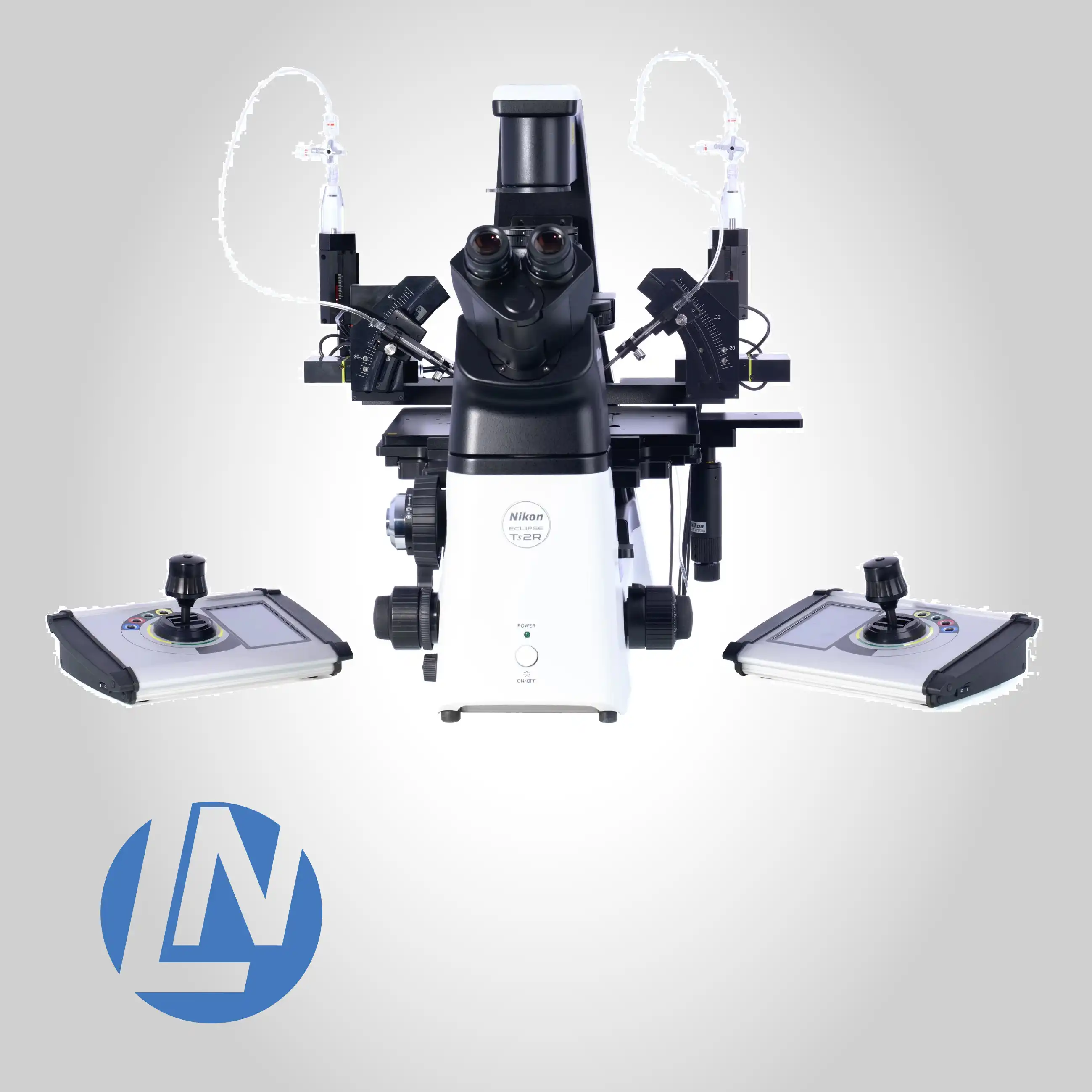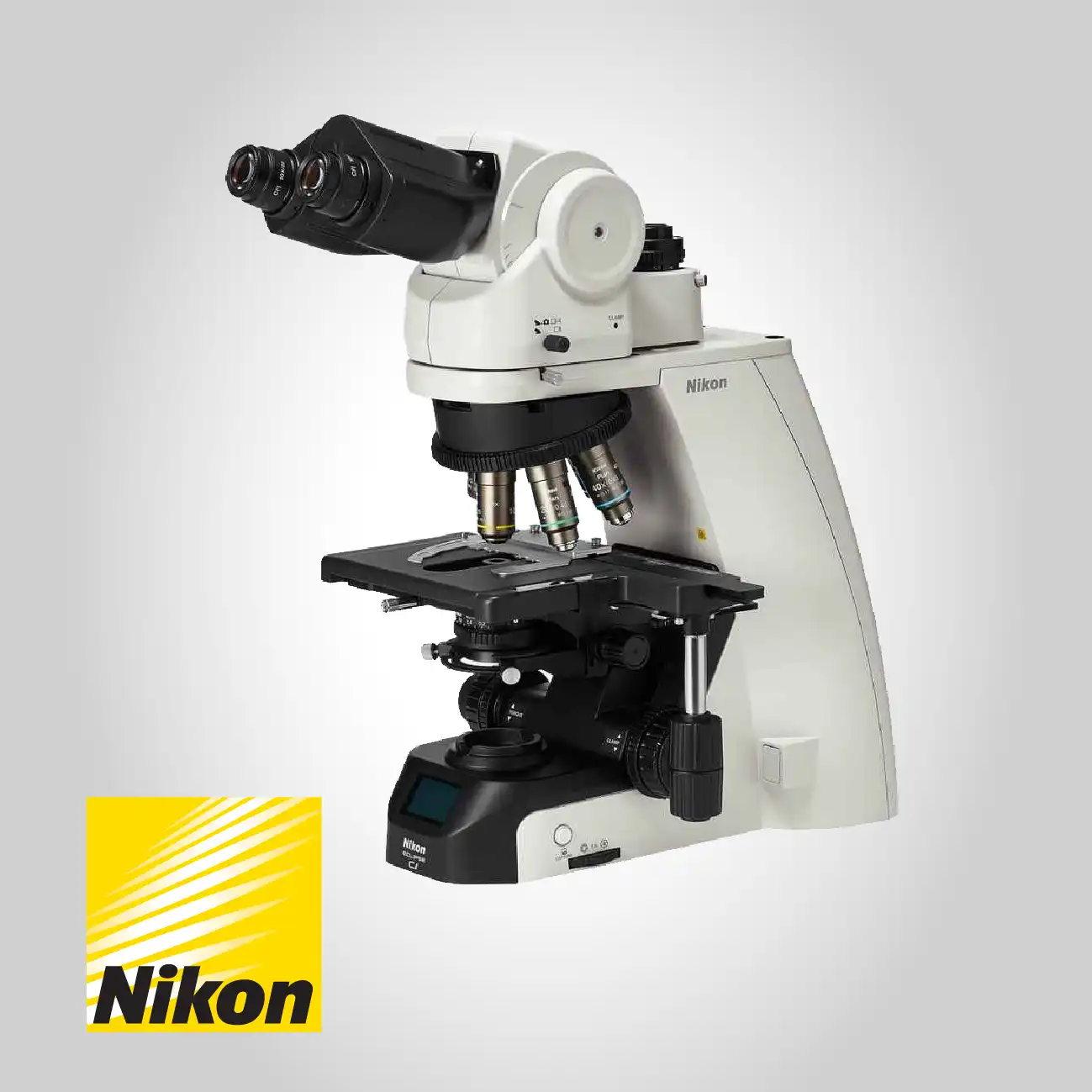
Nikon Stereo Microscopes
Versatile 3D Imaging for IVF and Biomedical Labs
Nikon Stereo Microscopes
Nikon stereo microscopes, such as the SMZ25 and SMZ18, provide advanced 3D visualization with wide zoom ranges and superior resolution, enabling embryologists and researchers to observe samples from macro to micro scale without losing clarity. These systems are designed to minimize eye fatigue with ergonomic features, while offering modular adaptability for fluorescence and digital imaging. By integrating high-NA objectives and widefield optics, they ensure accurate embryo handling, sample manipulation, and material inspection.
A recurring problem in IVF and biomedical labs is the need to observe both large structures and fine cellular details without constantly switching instruments. Nikon stereo microscopes like the SMZ25 solve this with the industry’s largest zoom range (0.63x–15.75x), allowing seamless transitions from macro to micro imaging. This eliminates the inefficiencies of handling multiple microscopes, saves time, and reduces sample handling risks—critical when working with delicate embryos or fragile specimens.
Maintaining clarity at high magnification is another challenge. Nikon stereo microscopes use high numerical aperture (NA) objectives and apochromatic optics to ensure bright, sharp images with accurate color reproduction. This reduces diagnostic ambiguity when identifying embryo structures or subtle anomalies in biological and material samples. By minimizing chromatic aberrations, these systems ensure researchers can make confident, reproducible decisions.
Operator fatigue is a well-known issue during long embryo observation sessions. Stereo microscopes integrate ergonomic features like low viewing angles, adjustable eyepieces, and comfortable zoom controls. This reduces neck and eye strain, allowing embryologists to maintain focus during hours of continuous observation. Improved ergonomics lead directly to fewer errors, higher throughput, and improved lab efficiency.
Traditional stereo microscopes are often limited to visual inspection only. Nikon extends their functionality with modular fluorescence attachments and digital imaging integration. This allows IVF labs to not only observe embryos in 3D but also capture fluorescent markers of viability or stress. Combining structural and functional imaging in a single platform streamlines workflows and provides richer datasets for embryo evaluation.
Sample handling is another pain point in IVF workflows—every transfer risks contamination or damage. Stereo microscopes enable direct observation of samples in their original containers, reducing the need for repeated handling. With large working distances and widefield optics, embryologists can manipulate samples comfortably with micromanipulators or tools while maintaining clear, stable imaging.
Reproducibility between operators is crucial in regulated labs. Nikon stereo microscopes maintain consistency through calibrated zoom scales, parfocal optics, and standardized illumination. This ensures that observations made by different embryologists remain comparable and reliable, reducing variability in embryo assessment or material inspections. Consistency directly supports regulatory compliance and scientific credibility.
Labs often face the challenge of balancing high resolution with a wide field of view. Nikon’s stereo systems deliver both—providing panoramic overviews while still resolving fine embryo details. This dual capability allows embryologists to track multiple samples simultaneously and zoom in instantly for detailed analysis. It reduces time lost switching between overview and detail imaging, streamlining daily workflows.
Durability and low maintenance are essential for high-throughput IVF labs. Nikon stereo microscopes are engineered with robust mechanics, scratch-resistant coated optics, and long-life LED illumination. These features reduce service interruptions and extend instrument lifespan, ensuring uninterrupted operation in labs processing hundreds of samples weekly. Long-term reliability maximizes return on investment and safeguards research continuity.
Read more about Nikon Stereo Microscopes





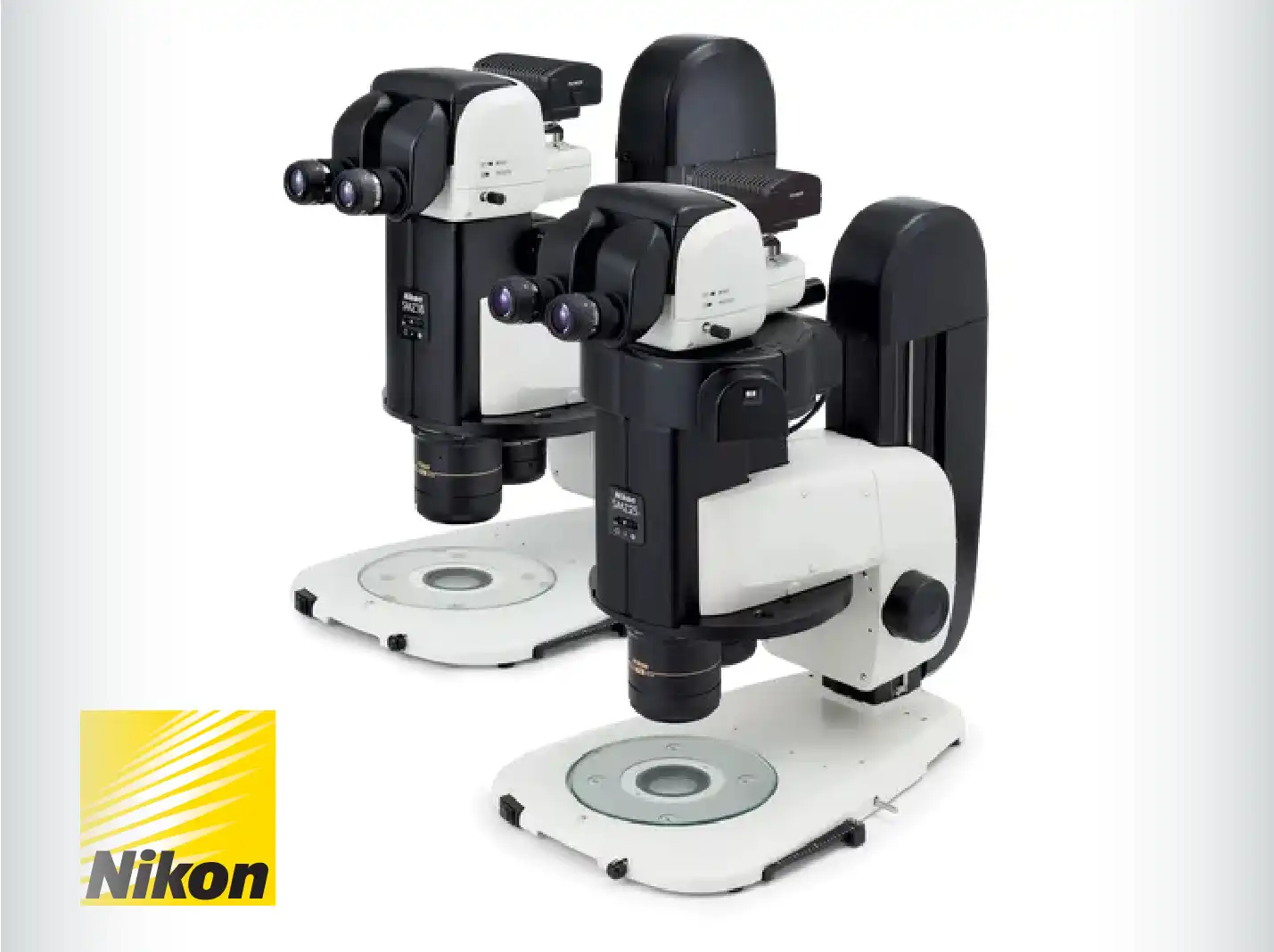
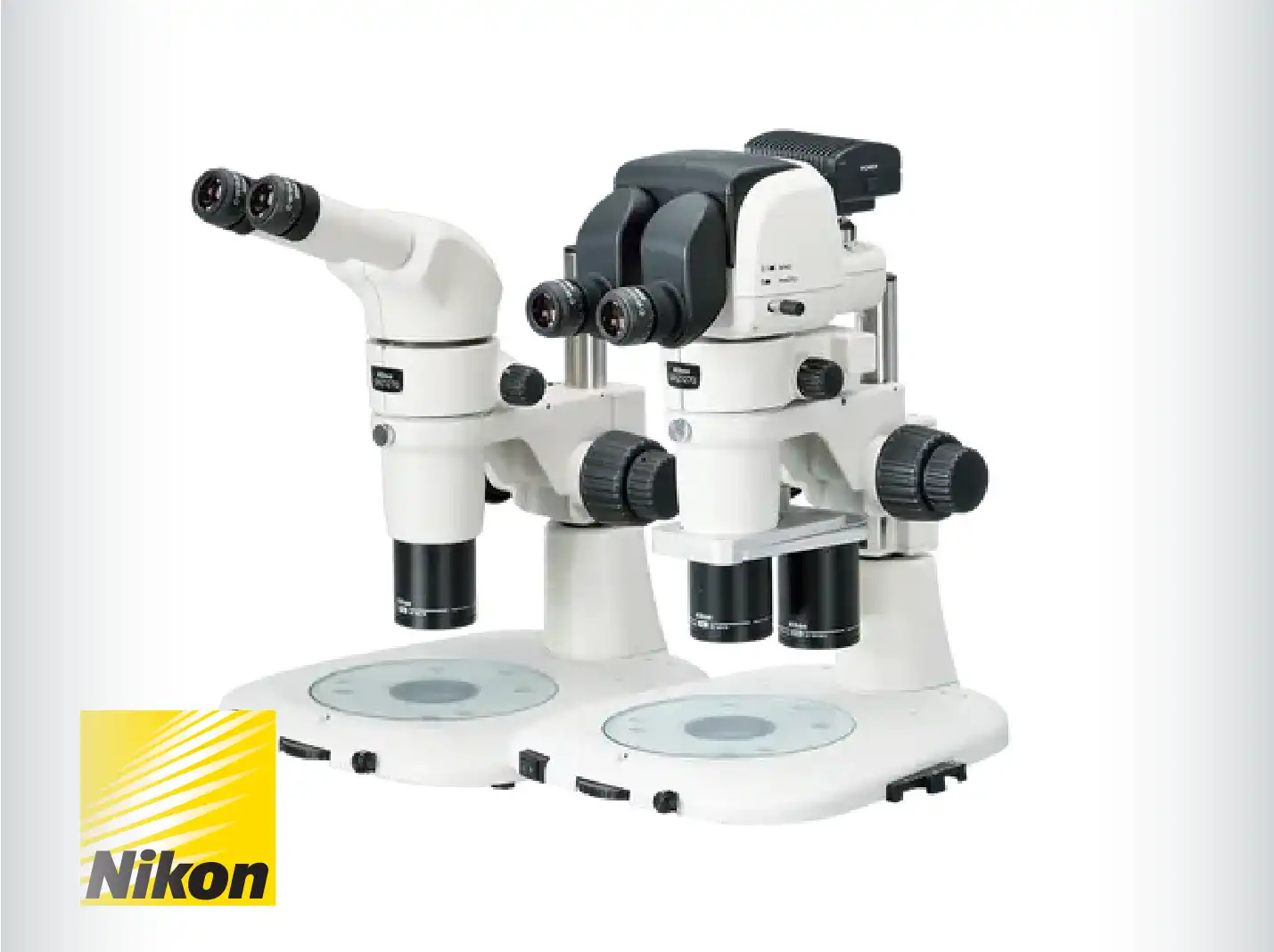
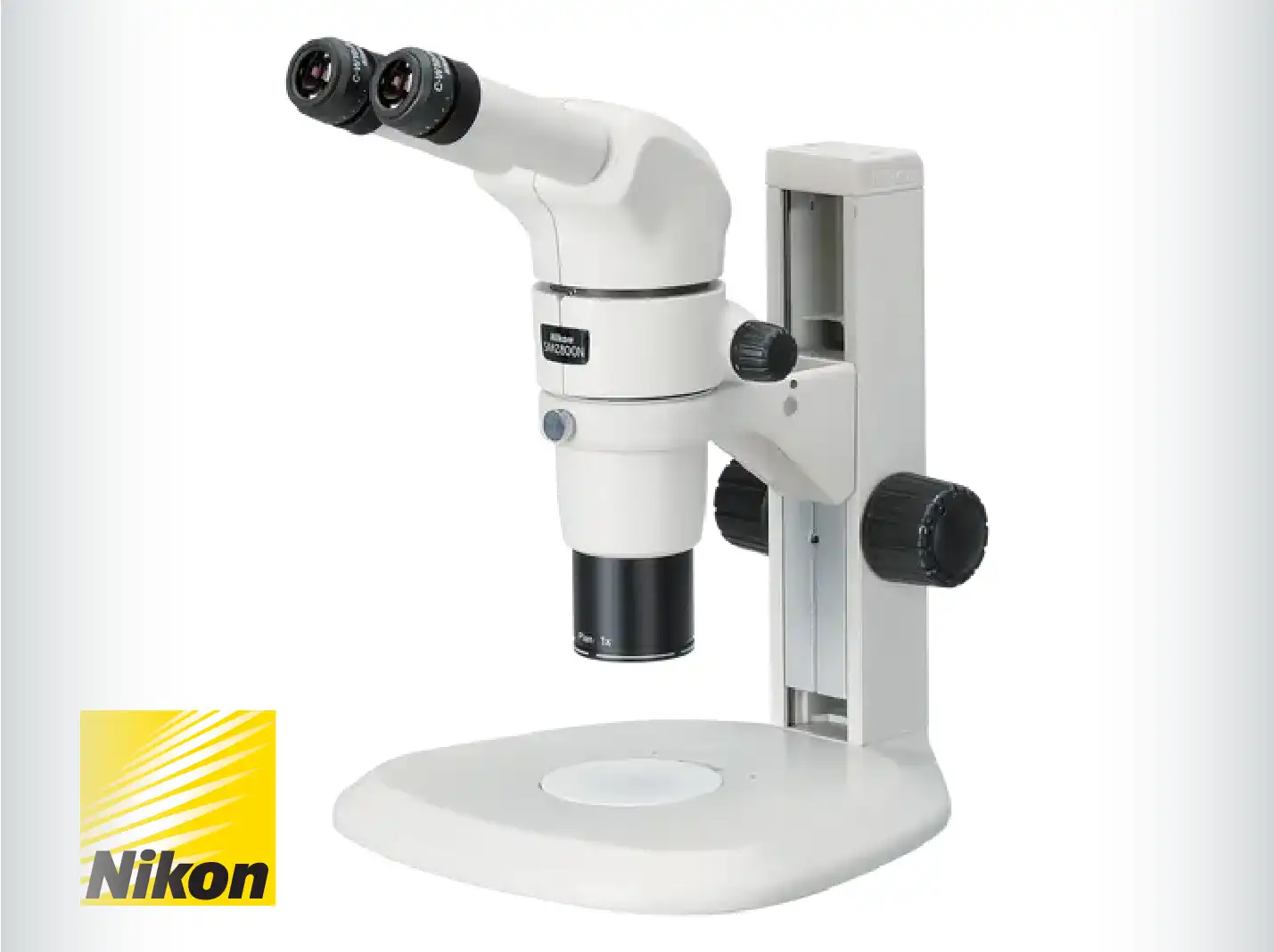
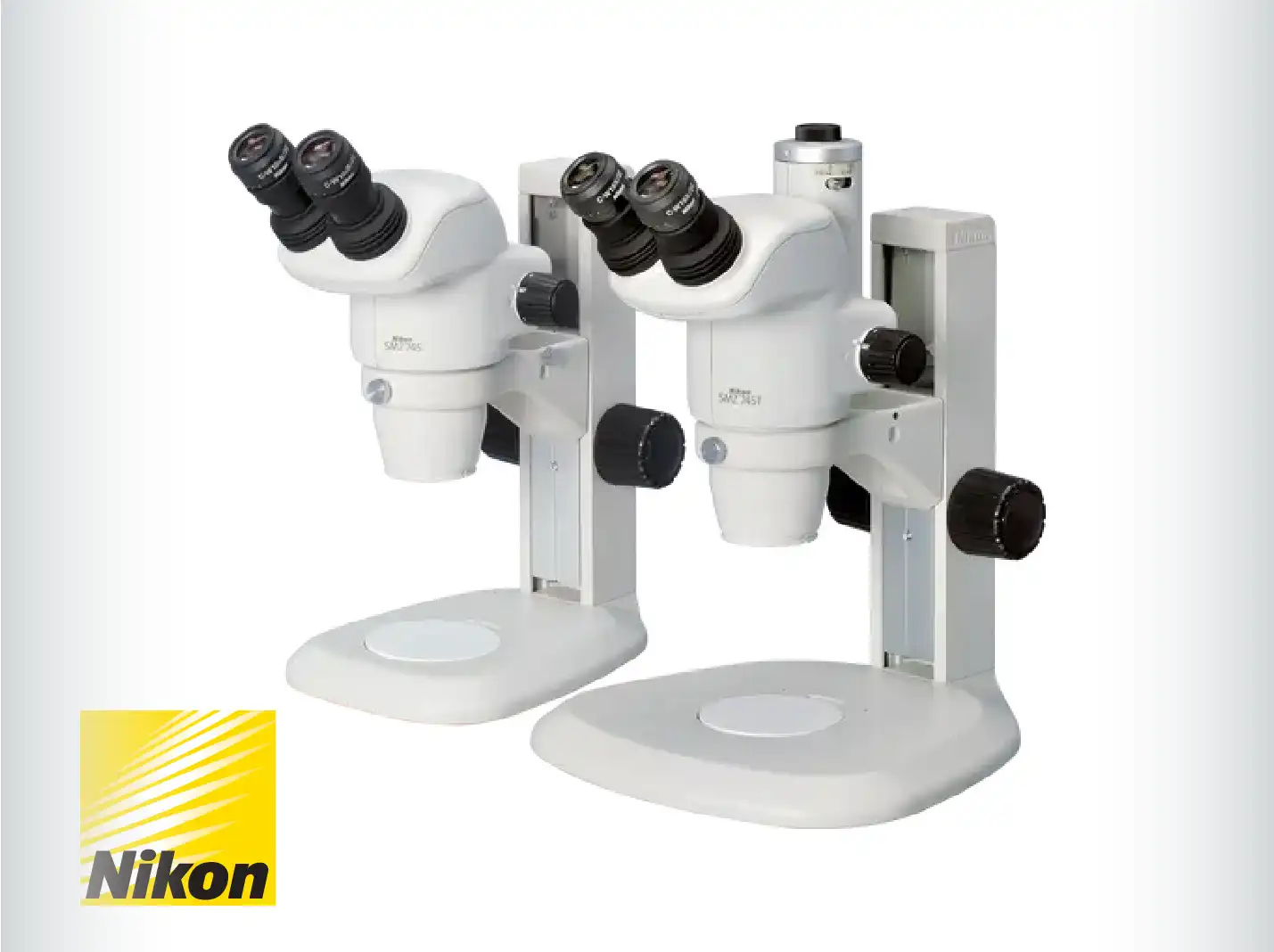
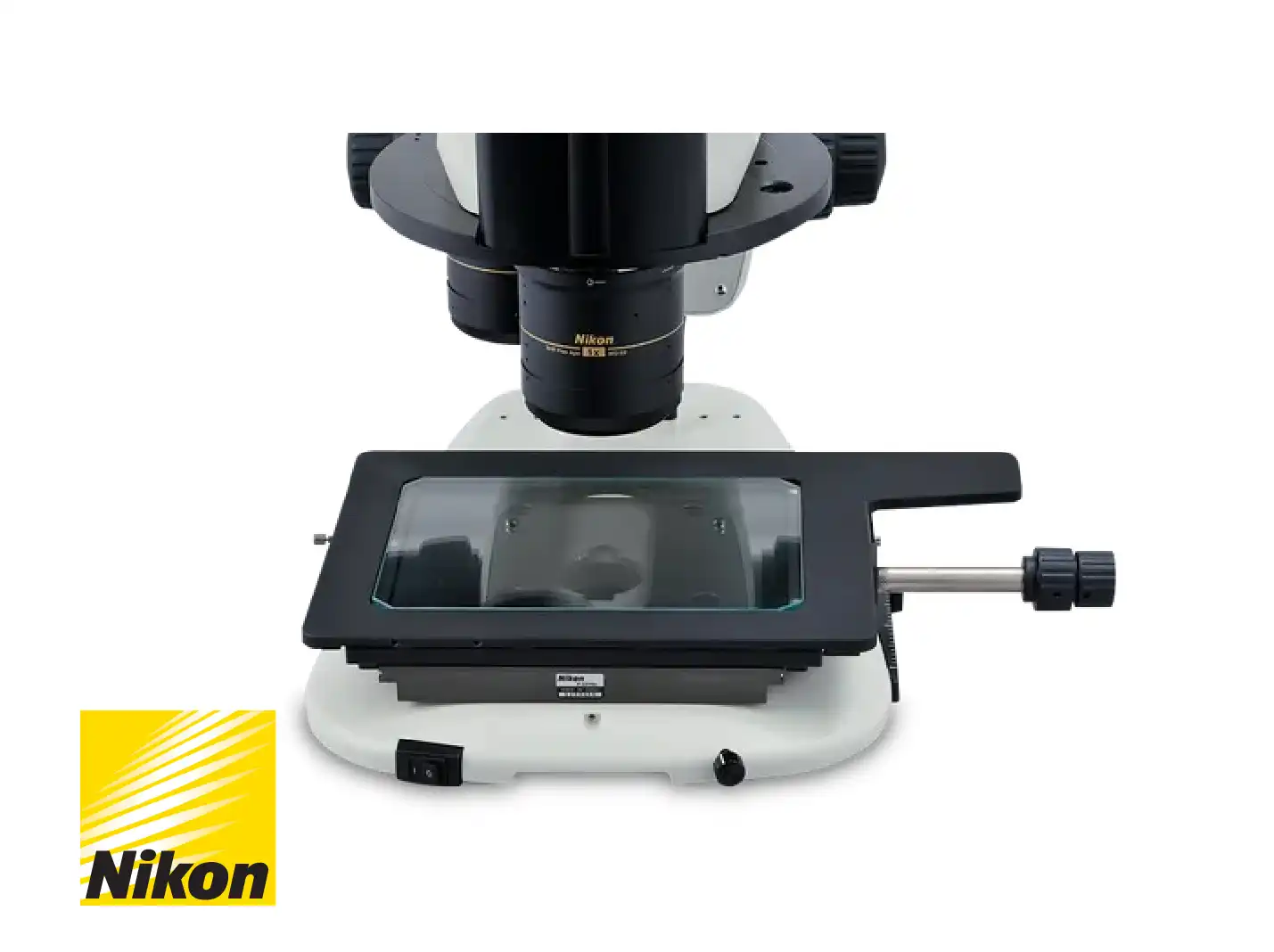
.webp)
.webp)
